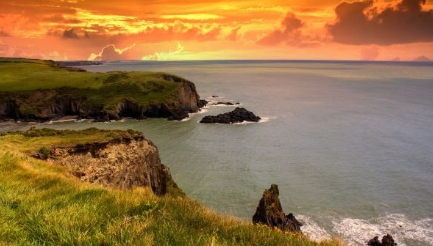Coastal geomorphology is the study of how coastal processes shape the landforms and features of the coast. From sandy beaches to rocky cliffs, the dynamic world of coastal geomorphology offers a fascinating look at the ever-changing nature of our coastlines.
Coastal Erosion: A Force of Nature
Erosion is a natural process that shapes the coast by wearing away rock and sediment. Waves, tides, and currents all play a role in eroding the coast, creating sea caves, cliffs, and beaches. Coastal erosion can be accelerated by human activities, such as the construction of sea walls and groins, which can disrupt natural sediment flow and exacerbate erosion.
Coastal Deposition: Building the Coastline
Deposition is the opposite of erosion, where sediment is deposited along the coast, building up beaches, sand dunes, and barrier islands. Coastal deposition is a key process in shaping the coast and providing habitats for a variety of plants and animals. However, human activities such as sand mining and coastal development can disrupt natural deposition processes, leading to the loss of important coastal habitats.
Coastal Landforms: A Diverse Landscape
Coastal geomorphology features a wide range of landforms, from gentle sandy beaches to rugged sea cliffs. Each landform is shaped by a unique combination of coastal processes, such as erosion, deposition, and tectonic activity. Some coastal landforms, like spits and barrier islands, are constantly changing due to the dynamic nature of coastal processes.
Coastal Hazards: Living on the Edge
Coastal areas are vulnerable to a range of natural hazards, including storm surges, coastal erosion, and tsunamis. These hazards can pose a serious threat to coastal communities and infrastructure, leading to loss of life and property damage. Understanding the processes that drive these hazards is essential for effectively managing and mitigating their impacts.
Coastal Management: Balancing Conservation and Development
Balancing conservation and development in coastal areas is a complex challenge that requires careful consideration of the natural processes at work. Coastal management strategies, such as beach nourishment, dune restoration, and coastal protection measures, aim to protect coastal ecosystems while allowing for sustainable development. By taking a holistic approach to coastal management, we can ensure the long-term health and resilience of our coastlines.

